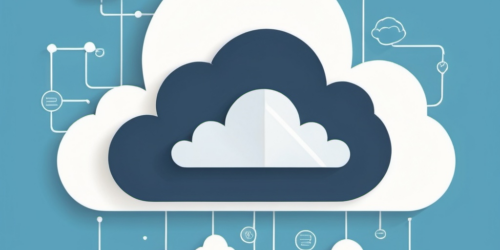In today’s fast-paced SaaS landscape, risks are ever-present, from unforeseen updates to vulnerabilities in third-party services. As organizations increasingly rely on cloud-based applications, balancing the convenience of SaaS with robust risk management is crucial.
1. Scrutinize Contractual Terms Many users gloss over contractual terms, but these documents are critical. They define how your data is managed, the vendor’s responsibilities, and your recourse in case of a breach. Understanding these terms can help you set realistic expectations and prepare for potential risks. Pay particular attention to clauses on data ownership, liability, and service level agreements (SLAs). For example, who is responsible if a security vulnerability impacts your operations? Understanding and negotiating these terms is a proactive step in risk management. Read more here
2. Vendor Risk Assessment Before onboarding a new SaaS provider, conduct a thorough vendor risk assessment. Evaluate their security practices, compliance with relevant regulations, and history of vulnerabilities or breaches. This process can include reviewing third-party audits, such as SOC 2 or ISO 27001 certifications, and understanding their incident response plan. Regularly reassessing these vendors is also crucial, as their risk posture can change over time.
3. Implement Strong Monitoring and Response Mechanisms Given the frequency of updates in the SaaS world, it’s essential to have strong monitoring in place. Tools that provide real-time alerts on unusual activities or vulnerabilities can help you respond swiftly to potential threats. Coupled with a well-defined incident response plan, this approach allows you to mitigate the impact of any issues that arise. For example, the Crowdstrike case highlighted how a cloud vendor’s error can impact numerous endpoints—being prepared with rapid response strategies can make all the difference.
4. Regularly Update and Patch Systems While you can’t control when a SaaS provider pushes updates, you can control your response. Regularly updating and patching your systems, and ensuring that your integrations with SaaS applications are up-to-date, minimizes your exposure to vulnerabilities. Automation tools can help streamline this process, reducing the window of risk after an update is released.
5. Get Cyber Insurance Cyber insurance has become an essential component of a comprehensive risk management strategy. It provides a financial safety net in the event of a cyber incident, covering costs related to data breaches, business interruption, and legal liabilities. However, it’s crucial to consider factors that can affect your coverage. Exclusion clauses might limit coverage for incidents like employee negligence, pre-existing vulnerabilities, or even breaches involving third-party vendors. Insurers also often require specific cybersecurity measures—such as active Antivirus or multi-factor authentication—to be in place before coverage is granted, and failing to meet these conditions could invalidate your claim. Be sure to consider the scope of coverage, as some policies may only cover direct financial losses, while others might include legal fees, PR efforts, regulatory fines, and incidents involving third-party vendors.
6. Engage in Continuous Risk Management Risk management is not a one-time effort; it requires continuous attention. Regularly review your risk management strategies, update your risk register, and engage in scenario planning for potential threats. This ongoing effort ensures that you’re prepared for both known and emerging risks.
7. Balance Convenience with Security While SaaS offers incredible convenience, it’s essential to balance this with security. This might mean implementing stricter access controls, segmenting your network to limit exposure, or using encryption to protect sensitive data. Always weigh the risks against the benefits, and be willing to adjust your strategies as needed.
Conclusion In the world of SaaS, risks are a given, but with careful planning, they can be managed. Scrutinizing contractual terms, conducting thorough vendor assessments, and maintaining strong monitoring and response mechanisms are all critical steps in safeguarding your organization. Remember, while you may not control how often a SaaS provider pushes updates, you can control how prepared you are to respond to them.
~ ~ ~ ~ ~ ~ ~ ~ ~ ~ ~
Perennial is a Value Added Reseller of JumpCloud, an identity, device and access management Platform.
Checkout more about JumpCloud here. Register for a free trial or a demo.








